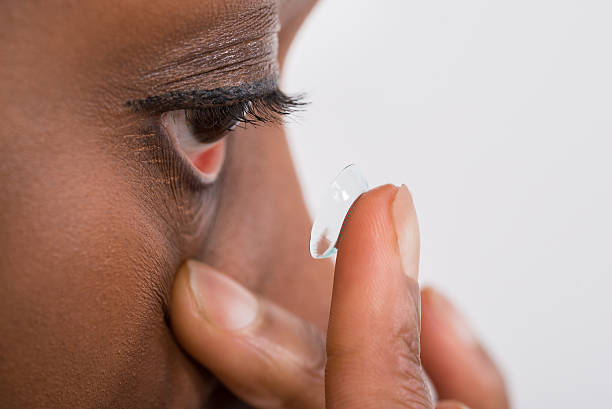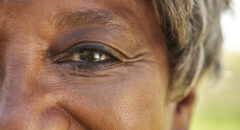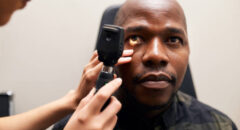
An estimated 45 million Americans wear contacts. Although contact lenses have come a long way and are generally pretty safe to wear, there’s still a risk of eye infection and permanent eye damage if you fail to follow the proper guidelines when caring for them.
Benefits of contact lens
There are many benefits to using contact lenses according to the CDC:
- Contact lenses can help people see better without affecting their appearance or interfering with many sports and activities.
- Some children and teens report feeling dramatically better about their appearance when wearing contact lenses.
- Compared to wearing glasses, children switching to contact lenses reported significant improvements in the areas of perceived appearance, participation in activities, and satisfaction with vision correction.
- Specially designed contact lenses can improve the ability to focus and temporarily reduce poor distance vision (near-sightedness) in certain contact lens wearers.
CDC Warns: Improper Use Of Contacts Can Cause Serious Eye Damage
Complications & risk factors
Despite the benefits, between 40 to 90 percent of contact lens wearers don't properly follow the care instructions, which can lead to outbreaks of serious eye infections, the CDC notes.
According to a study, approximately 99 percent of respondents reported having at least one contact lens hygiene behavior such as improper cleaning or irregular replacement of contact lenses and contact lens cases that led to an increased risk of eye infection or inflammation.
Improper use of contact lens can also lead to keratitis, a painful eye infection that causes inflammation of the cornea. This has led to 1 million doctor and hospital visits annually at a cost of $175 million to the US healthcare system, according to the CDC.
The symptoms of keratitis include:
- Eye redness
- Eye pain
- Excess tears or other discharge from your eye
- Difficulty opening your eyelid because of pain or irritation
- Blurred vision
- Decreased vision
- Sensitivity to light (photophobia)
- A feeling that something is in your eye
If you have any of these symptoms, make an appointment to see your doctor. When taken seriously and treated right away, mild to moderate cases of keratitis can usually be effectively treated without loss of vision. However, if you leave it untreated, or if an infection is severe, keratitis can lead to serious complications that may permanently damage your vision.
Serious eye infections that can lead to blindness affect up to 1 out of every 500 contact lens users per year, the CDC notes.

RELATED: 7 Things Every Contact Lens Wearer Needs To Know
Caring for your contact lens
If you’re thinking about making the switch from glasses to contacts soon, welcome to the club, but just know that it will take some getting used to. Here are 10 ways to keep your eyes healthy while wearing contacts and prevent any serious eye infections:
1. If you store your contact lenses in solution for more than 10 days, dispose of them and the solution and start fresh. Of course, read the directions on the back of your contact lens solutions to know exactly what to do.
2. Use a lint-free towel when drying your hands after washing.
3. Never touch the tip of the contact lens solution. You could contaminate it with germs without knowing it.
4. Clean your contact lens case often and replace it every few months to prevent bacteria from building up.
5. Never wear your contact lenses longer than prescribed.
6. Never sleep or take a nap in your contact lenses unless you have the type that is safe enough to sleep in, but even then, be cautious.
7. Always rinse, re-wet and store your contact lenses using fresh solution – NOT water.
8. Thoroughly wash your hands with soap and water before inserting and removing your contact lenses.
9. Get regular eye exams. Unless you have diabetes or glaucoma, most people can get away with one visit per year.
10. Do not wear decorative contact lenses. These can lead to permanent eye damage.









